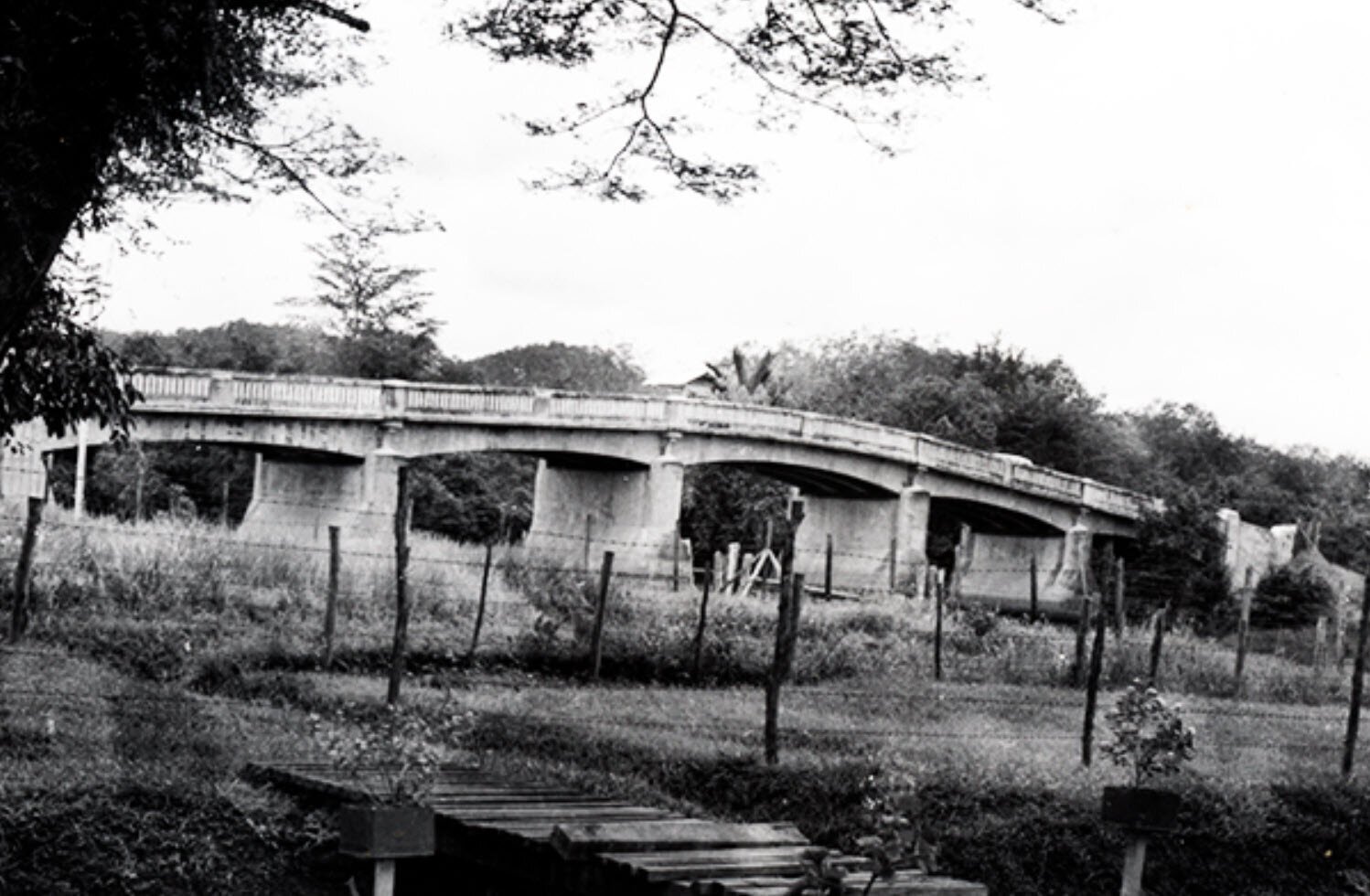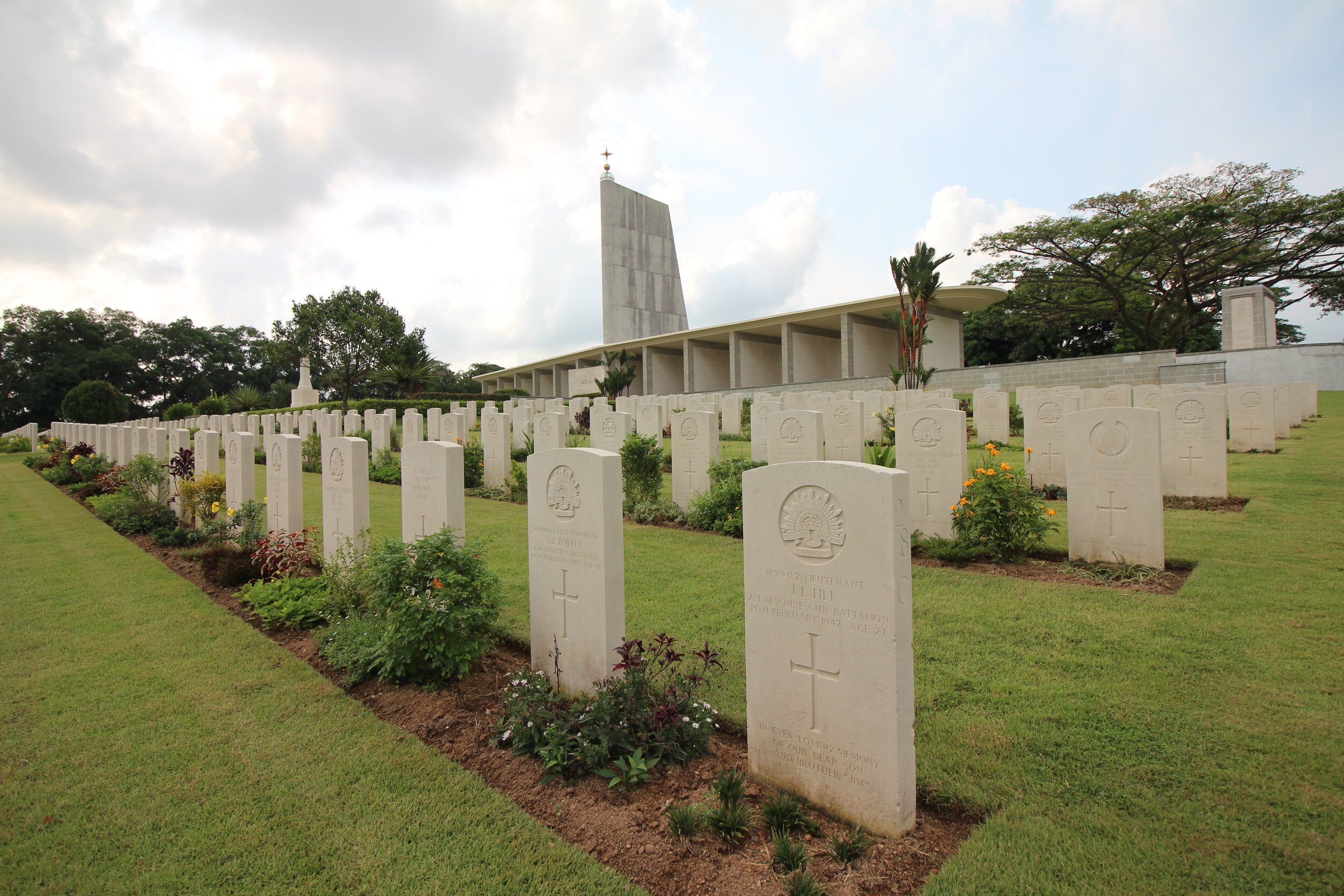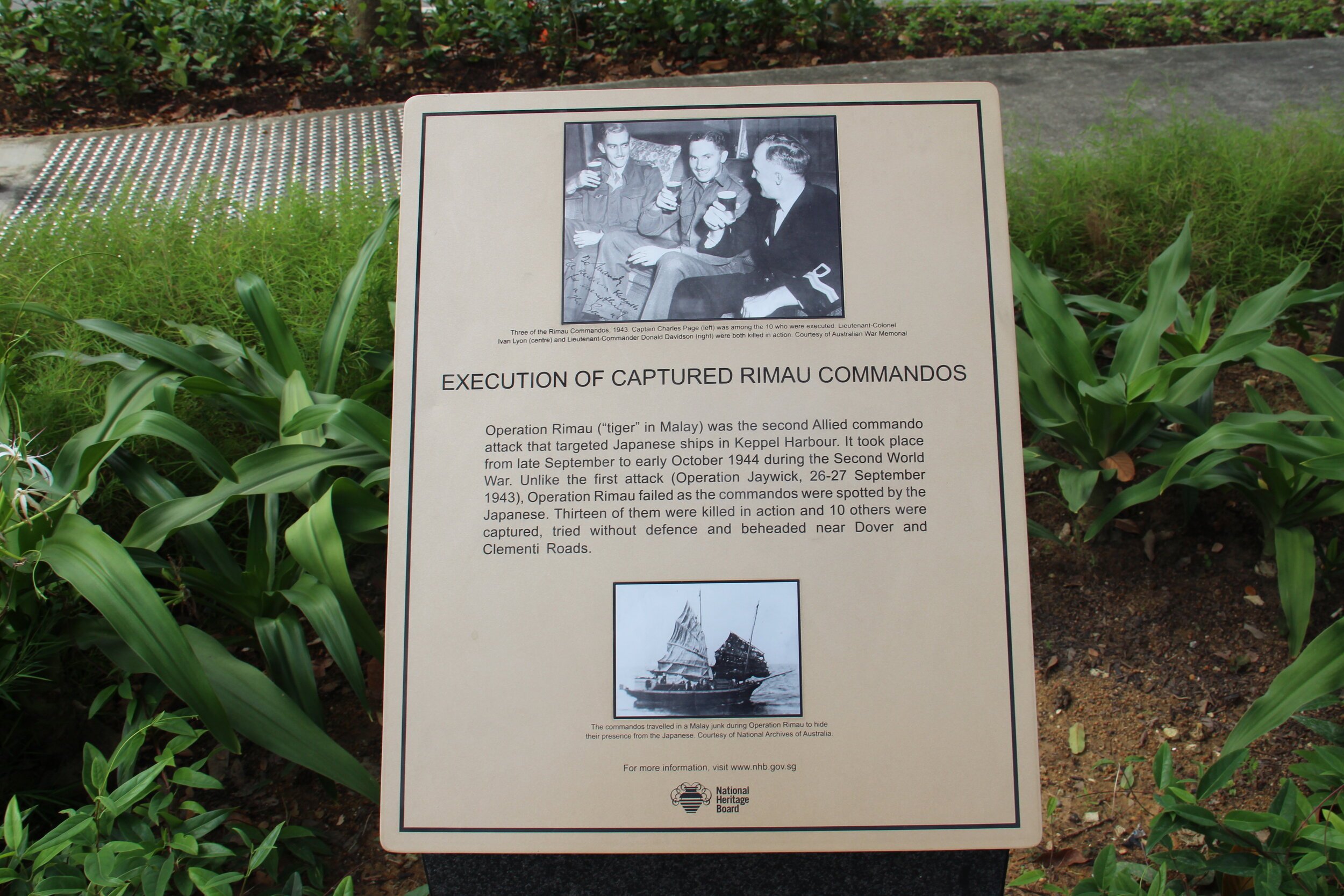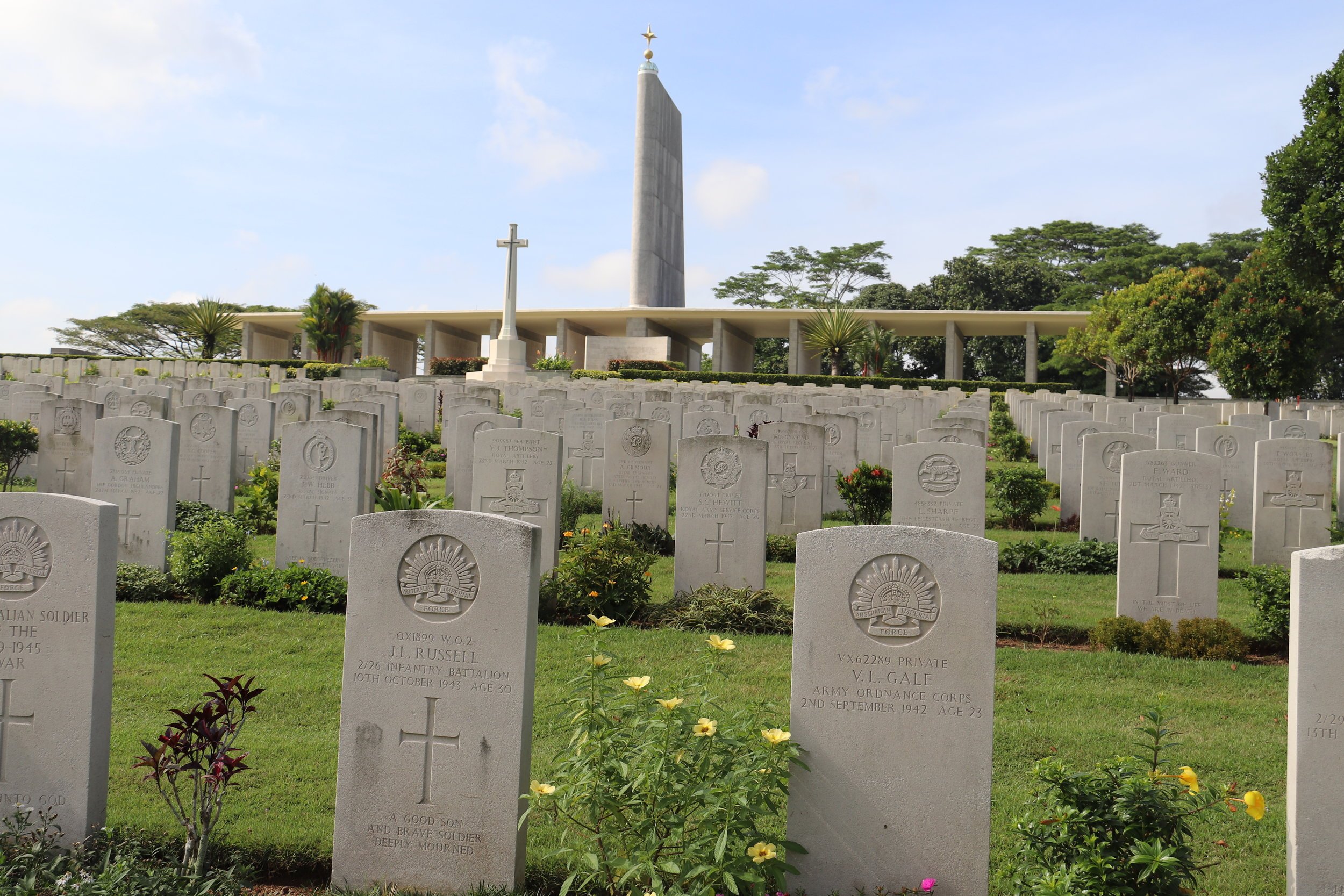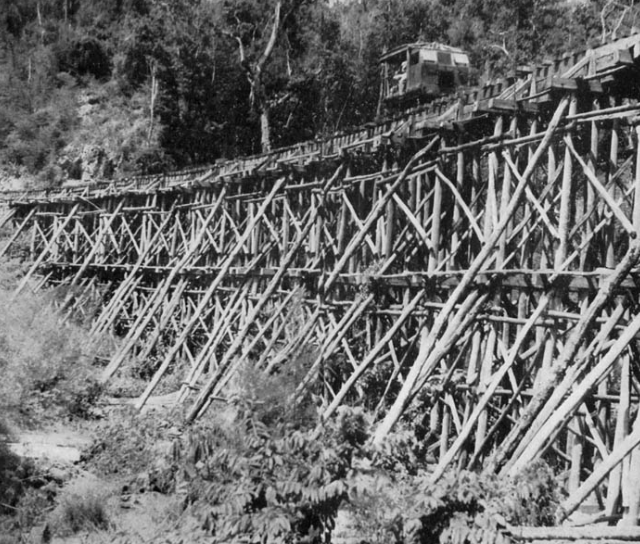Singapore's 15" Guns
In 1927, the British Government commissioned a review of the coastal defences for Singapore. The review was to focus on the protection of the seaward approaches to the new naval base to be built in the north of Singapore on the Strait of Johore which separated Singapore and Malaya. As a result, several improvements were to be made to existing fort facilities and, as the centrepiece of the review, included the construction of two new gun batteries that would house land-based 15” naval guns.
Fall of Singapore: Australia, a Scapegoat
British General Wavell’s report into the Fall of Singapore was declassified on the 1st January 1993, after a 50 year suppression under the UK Secrets Act. The report made scathing allegations against Australian soldiers on Singapore Island leading up to the Fall of Singapore. Allegations that included desertion, indiscipline and failure to send out required patrols. Was this true?
Major-General Gordon Bennett, General Officer Commanding AIF, Malaya 1941-1942
Lieutenant-General Arthur Percival, the General Officer Commanding Malaya, was a controversial figure for his part in the Fall of Singapore. But equally, so was Major-General (later to be Lieutenant-General) Henry Gordon (Gordon) Bennett. With a near contempt for British senior officers gained from WW1, an outspoken nature and a confidence in his own ability, Bennett clashed with Percival and the other generals of the Allied High Command in Singapore. But, unlike the other generals, Bennett escaped from Singapore, just hours after Percival had signed the surrender.
Parit Sulong Bridge Massacre
The barbarism of the Imperial Japanese Army had no bounds. When the Japanese invaded Malaya on the 8th December 1941, their overwhelming numbers, mobility with the use of bicycles, light tanks and air superiority, ensured their victory as they made their way south to Singapore. Their speed was such that in some cases, allied soldiers became surrounded or overrun and had no choice but to surrender thinking that they would be protected. But the Japanese policy of taking no prisoners to avoid being slowed down ensured that most would be quickly executed after capture. One such incident occurred at the bridge at Parit Sulong in Southern Malaya.
Lieutenant-General Arthur Percival General Officer Commanding, Malaya 1941-1942
In April 1941, Lieutenant-General Arthur Percival was promoted to the position of General Officer Commanding, Malaya which oversaw the defence of Malaya (and Singapore). But just a little over two months after the Japanese invaded Malaya, Singapore would fall.
So how did Percival come to this position and to preside over the “worst disaster” and “greatest capitulation” in British military history?
Alexandra Hospital Massacre
Warning: This blog contains details of the horrors of war that some may find confronting.
The Kranji Memorial contains nearly 4,500 graves in the war cemetery and over 24,000 names on the walls of the Singapore Memorial for which there are no known graves. Each grave, each name has a story. All have died in the service of their country.
On Panel 125 of the Singapore Memorial is the name GH MacDougal, a lance-sergeant in the 2/20th Battalion AIF. A man who was a hero to the end. This is the story of one of the greatest (if not the greatest) atrocity that occurred during the Fall of Singapore.
Lieutenant Till: Ex 2/4th Machine Gun Battalion AIF
Only 48 hours before the invasion of Singapore Island by the Japanese, a composite battalion was formed to help strengthen the Australian numbers defending the North West corner of the island. Known as the Special Reserve Battalion (SRB), it comprised men from the Australian Army Service Corps (AASC), Ordinance units and a company from the 2/4th Machine Gun Battalion. The AASC (cooks, mechanics, drivers, clerks etc.) were relatively untrained. Such was the desperation of the time.
Operation Rimau - Roll of Honour
The blog “Operation Rimau” told the story of the ill-fated commando raid on Singapore Harbour. Not only did the raid have little effect, the entire group would lose their lives either in their escape or by the controversial executions that occurred only a month before the Japanese surrender.
In their escape, some would get a far south as Surabaya, Indonesia and Dili, Timor. So close to Australia before they died!! This is the Roll of Honour.
Lieutenant Meiklejohn: 2/4th Machine Gun Battalion AIF
Lieutenant John Thompson Meiklejohn was a member of the Australian 2/4th Machine Gun Battalion which was part of the Australian 8th Division’s 22nd Brigade. His story of heroism while leading his men, is the story of the initial invasion of Singapore on the night of the 8th February 1942.
The Christmas Truce of 1914
In the small town of Messines in Belgium, a small memorial commemorates when two opposing armies came together not to fight but to extend Christmas goodwill under an unofficial truce. It was Christmas 1914 on the Western Front and five months into the Great War (World War 1).
Anzac Day Dawn Service at Hellfire Pass, Thailand
Each Anzac Day, in the pre-dawn darkness surrounded by jungle, more than 500 mostly Australians, gather for the Dawn Service at a disused section of the Burma-Thailand Railway, known as Hellfire Pass.
D-Day Normandy Tour - Impromptu changes
Sometimes, it is impromptu changes to a tour’s program that make the day a lot more interesting. On a recent tour to the D-Day Normandy Beaches, the weather became progressively worse during the day. Places like Sword and Gold Beaches (D-Day landing sites) were far too wet to venture outside the minivan. Although this was disappointing, the guide did his utmost to take us to other places that weren’t so affected by the weather.
Omaha Beach & Normandy American Cemetery, Colleville-Sur-Mer
A 15 minute drive east of Point du Hoc is Omaha Beach. This section of coastline was a landing point for US soldiers with the other being Utah Beach to the west of Point du Hoc. Omaha Beach was the bloodiest landing by the allies on D-Day and about 2,400 Americans would die there. In comparison, less than 200 Americans died on Utah Beach.
Pointe-Du-Hoc, Normandy
In August, I made a one day trip from Paris to tour the Normandy Beaches which gained fame in 1944 on D-Day. Unfortunately, the weather wasn’t kind. What started as overcast and windy conditions became showers and then rain set in. However, I was able to get a good look at the American section of the D-Day landing sites. Over the next couple of blogs, I will show you some of the photos.
Nong Pladuc POW Camp
In the construction of the Burma-Thailand Railway during World War 2, allied POW camps made of thatched huts and usually with dirt floors, were built at regular intervals along the railway. In most cases, as each section of the railway was finished, the camp was vacated and was either dismantled by locals or allowed to be consumed by the jungle.
Fall of Singapore: An Overview
Within hours of the Japanese Navy’s attack on Pearl Harbour, the Imperial Japanese Army invaded Malaya (now Malaysia) both through Thailand and by landing on its north-east coast at Kota Bahru. Just over two months later, the British-led allied forces in Singapore would surrender.
Operation Rimau
On the night of the 26th September 1943, six men in three small collapsible canoes paddled into Singapore Harbour. Limpet mines were attached to several Japanese cargo ships and their timers set. As quickly as they arrived, they left. Shortly after, massive explosions rocked the area and about 39,000 tonnes of shipping were sent to the bottom of the harbour.
Private Mick Johnston
On Anzac Day (25th April) and Remembrance Day (11th November) each year, we reflect on those brave men and women who gave there lives in the defense of our country. We also remember those who have gone to war, returned, but suffered the physical and mental anguish of their duty.
In 2009, while undertaking family history research, I found a forgotten member of the family who died in World War 2 while working as a POW on the Burma-Thailand Railway.
Breavington and Gale
The Kranji Memorial (War Cemetery) is the final resting place for about 4,000 allied service men and women and also listed on the walls of the Singapore Memorial, are some 23,000 names of those who have no known grave. Each a hero, giving their life while in the service of their country. But some if not many, have a special and rather unique story. In this case, a story that shows the best and the worst in humanity having a dramatic outcome when four allied POW’s stood before a firing squad at Selarang Beach on the 2nd September 1942.
7 Metre Embankment, 3 Tier Bridge & Hintok Cutting
The are many sites along the Burma-Thailand Railway where you can only be amazed by the construction ability of the men who built them. Sites like the Bridge over the River Kwai, the Wang Pho Viaduct and the railway cutting known as Hellfire Pass. Without exception, these sites were constructed with little more than hand tools and the sweat of the POW’s who laboured under the harsh treatment of the Japanese for long hours each day.




